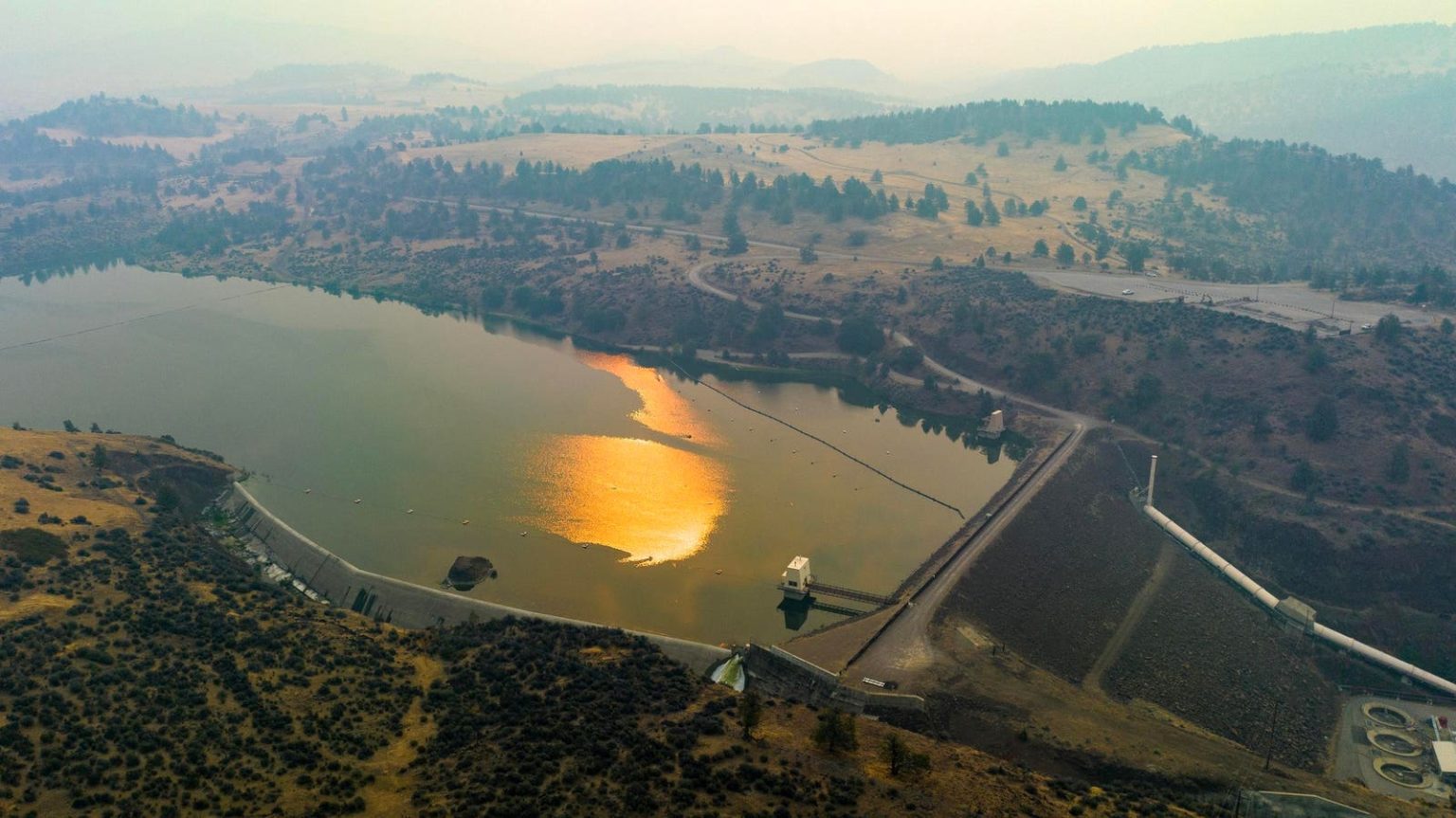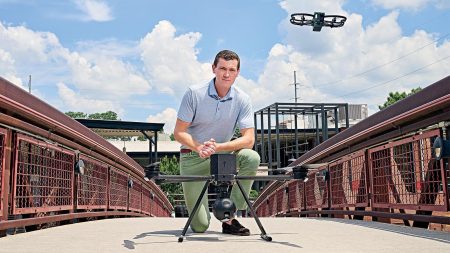The 2024 wildfire season in the United States is expected to be more intense than usual, with experts predicting significant wildfire activity in various regions. Factors such as prolonged drought, high temperatures, and persistent winds have contributed to the elevated risk. The National Interagency Fire Center (NIFC) warns that southern California, the Southwest, and the Pacific Northwest are particularly susceptible to wildfires this season.
The U.S. Department of Health and Human Services (HHS) has highlighted the early and aggressive nature of this year’s wildfire season. The situation is further complicated by Canadian wildfires, which have already impacted air quality in several northern U.S. states. These cross-border effects emphasize the interconnected nature of climate-related disasters and the importance of understanding and preparing for potential impacts.
Currently, significant wildfires are already burning in both North America and Canada. Fires in Alberta and British Columbia have displaced thousands of residents and led to widespread air quality alerts. Meanwhile, fires in Arizona and New Mexico have also erupted, with the potential for more outbreaks as favorable weather conditions persist. The Center for Disaster Philanthropy warns that the risk of wildfires remains high in 2024, with warmer and drier weather contributing to the potential for more fires.
Wildfires not only pose health risks, particularly for vulnerable populations, but also have significant economic impacts. The destruction of homes and infrastructure, as well as the costs of firefighting efforts and recovery operations, can lead to substantial financial losses. Businesses, especially those in tourism and agriculture, may also face disruptions due to the direct impact of fires or related air quality issues.
As preparations for a challenging wildfire season continue, proactive measures are key to protecting health, homes, and communities. Recommendations include creating defensible space around properties, staying informed through local weather reports and emergency notifications, preparing evacuation plans, and stocking up on N95 masks. Technology, such as satellite imagery, drones, and AI-driven predictive models, is also crucial in improving wildfire detection and response.
Advocating for stronger climate action, resilience-building measures, forest management, community education programs, and infrastructure improvements is essential to mitigating the impact of wildfires. The changing climate is setting the stage for more extreme wildfire seasons, emphasizing the importance of preparedness. As the 2024 wildfire season approaches, understanding the risks and taking appropriate precautions are crucial steps in ensuring the safety and well-being of communities across the United States.













